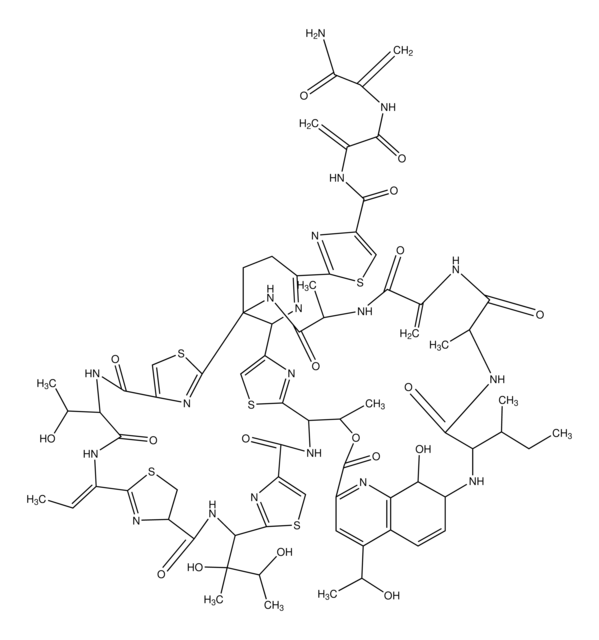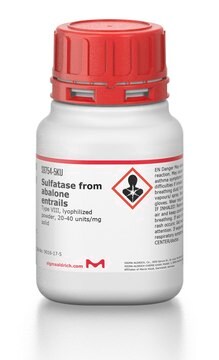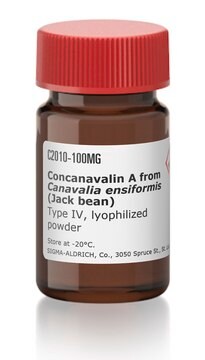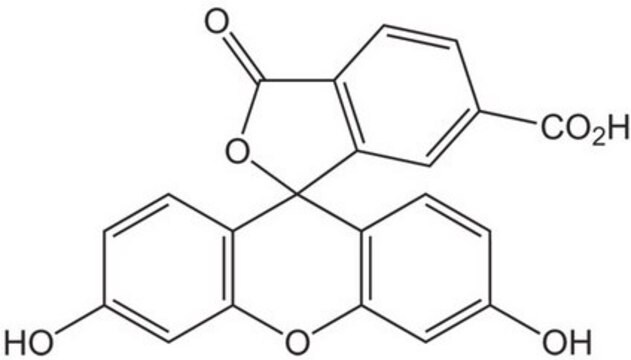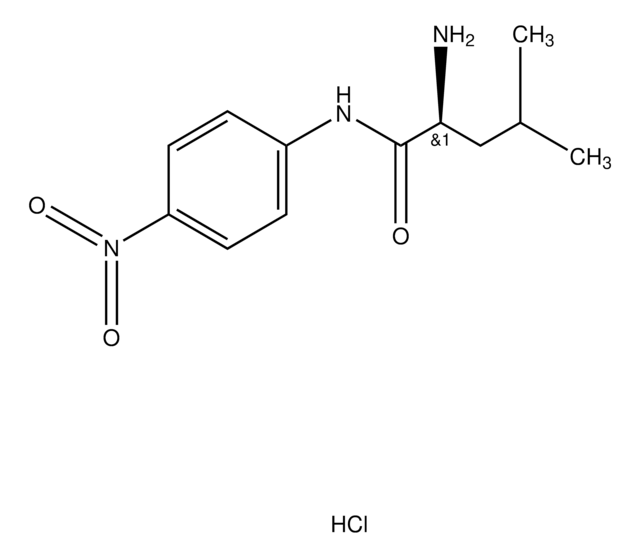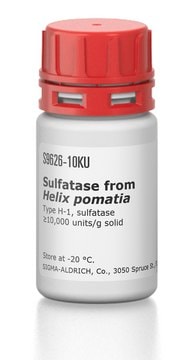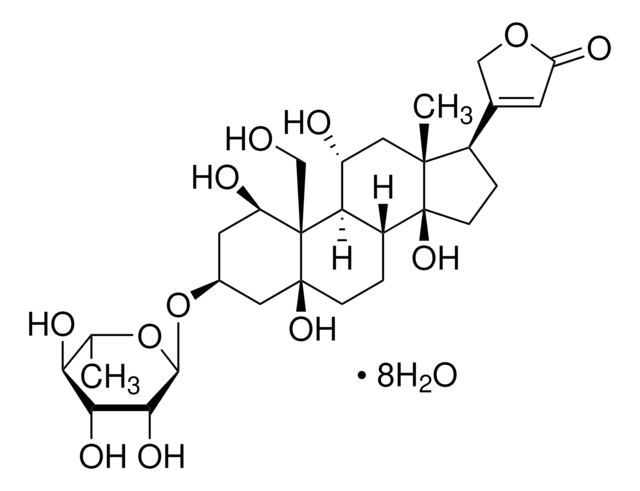T8902
Thiostrepton from Streptomyces azureus
≥90% (HPLC)
Synonyme(s) :
Bryamycin, NSC 170365, NSC 81722, Thiactin, Thiostreptin A
About This Item
Produits recommandés
Niveau de qualité
Essai
≥90% (HPLC)
Solubilité
acetic acid: soluble 25 mg/mL, clear to hazy, yellow to brownish-yellow
Spectre d'activité de l'antibiotique
Gram-negative bacteria
Gram-positive bacteria
parasites
Mode d’action
protein synthesis | interferes
Température de stockage
−20°C
Chaîne SMILES
CCC(C)C1NC2C=Cc3c(cc(nc3C2O)C(=O)OC(C)C4NC(=O)c5csc(n5)C(NC(=O)C6CSC(=N6)C(\NC(=O)C(NC(=O)c7csc(n7)C8(CCC(=NC8c9csc4n9)c%10nc(cs%10)C(=O)NC(=C)C(=O)NC(=C)C(N)=O)NC(=O)C(C)NC(=O)C(=C)NC(=O)C(C)NC1=O)C(C)O)=C\C)C(C)(O)C(C)O)C(C)O
InChI
1S/C72H85N19O18S5/c1-14-26(3)47-63(105)78-30(7)57(99)75-28(5)56(98)76-31(8)58(100)91-72-19-18-40(66-85-43(22-111-66)59(101)77-29(6)55(97)74-27(4)54(73)96)81-52(72)42-21-112-67(83-42)49(34(11)109-69(107)41-20-37(32(9)92)36-16-17-39(79-47)51(95)50(36)80-41)89-60(102)44-24-113-68(86-44)53(71(13,108)35(12)94)90-62(104)45-23-110-65(84-45)38(15-2)82-64(106)48(33(10)93)88-61(103)46-25-114-70(72)87-46/h15-17,20-22,24-26,30-35,39,45,47-49,51-53,79,92-95,108H,4-6,14,18-19,23H2,1-3,7-13H3,(H2,73,96)(H,74,97)(H,75,99)(H,76,98)(H,77,101)(H,78,105)(H,82,106)(H,88,103)(H,89,102)(H,90,104)(H,91,100)/b38-15-
Clé InChI
NSFFHOGKXHRQEW-BXVAPQLOSA-N
Vous recherchez des produits similaires ? Visite Guide de comparaison des produits
Description générale
Application
Actions biochimiques/physiologiques
Notes préparatoires
Code de la classe de stockage
11 - Combustible Solids
Classe de danger pour l'eau (WGK)
WGK 3
Point d'éclair (°F)
Not applicable
Point d'éclair (°C)
Not applicable
Équipement de protection individuelle
Eyeshields, Gloves, type N95 (US)
Faites votre choix parmi les versions les plus récentes :
Déjà en possession de ce produit ?
Retrouvez la documentation relative aux produits que vous avez récemment achetés dans la Bibliothèque de documents.
Les clients ont également consulté
Notre équipe de scientifiques dispose d'une expérience dans tous les secteurs de la recherche, notamment en sciences de la vie, science des matériaux, synthèse chimique, chromatographie, analyse et dans de nombreux autres domaines..
Contacter notre Service technique